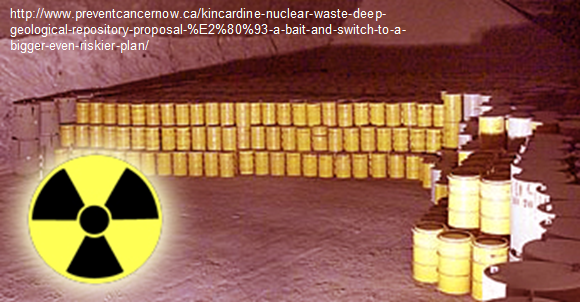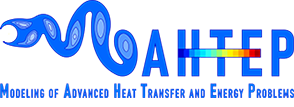Waste management
Medium and low level waste (M&LLW) from nuclear industry is one of the major issue related to the nuclear energy production, due to the big waste volume produced during the operation of NPPs.
Conventional techniques used for industrial waste management cannot be applied in the nuclear field due to the intrinsic radiological hazard of the nuclear waste.
New techniques for capture and a safe storage of nuclear waste is investigated, based on the principle of the human dose minimization.
Chemical decontamination of nuclear reactors
Activity carried out within the MSc thesis project of Marino Corrado (tutored by Prof. Laura Savoldi) in collaboration with Eng. Claudio Mascialino and green-land S.R.L..
Objective of the activity:
Design and experimental validation of high advanced chemical decontamination methods suited for the major components of Light Water Reactors (LWR). The work has to purpose of reducing the volume of the low- and medium- level waste of LWRs during the decommissioning operations.
Framework of the activity:
As part of the decommissioning of nuclear reactors, one of the major problems is the nuclear activation and contamination of many components of the reactor (such as pipes, tanks, equipment, etc.) which, at the end of the plant lifetime, become low / medium activity waste, which must be properly disposed.
The high-level safety requirements and the magnitude of those wastes make the decommissioning procedures definitely time and money consuming.
Latest years studies suggests that chemical decontamination methods for non- activated (less than 1 Bq/g) metallic inner components of the LWR reactors seems to be the most efficient and promising procedures in order to recycle the decontaminated material in metallurgic conventional plant, reducing the low / medium activity waste amount.
Even though many chemical methods are worldwide already used by the most active nuclear company, still many practical issues persist and researches on this field is still need and encouraged.
Planned activity:
The goal of this activity is to study the possible industrial applicability of the HP-CORD UV process to decommissioned Italian reactors. The process is based on the used of mixture of strong and weak acids (such as permanganic, nitric and oxalic acids) in order to efficiently attack the inner layer of the RPV.
In order to verify its applicability, the chemical models used will be validated by experimental tests to verify their effectiveness and efficiency.
Radioactive waste management
Activity carried out within the MSc thesis project of Francesca Crivelli (tutored by Prof. Laura Savoldi) in collaboration with Eng. Silvio Cao and green-land S.R.L..
Objective of the activity:
Study, improve and project all the necessary steps to manage the radioactive waste deriving from the decommissioning of nuclear power plants. The main target is to protect the health of the citizens, then optimize as much as possible the costs and times of the required operations.
Framework of the activity:
Decommissioning activities are growing all over the world. There are so many nuclear facilities to be dismantled and many others will be dismantled in the coming years. As a consequence of that, it is essential to have a strategy for the great quantities of the radioactive waste that will be produced.
A procedure which keeps radwaste volumes and decommissioning costs down could be of worldwide interest. To obtain it suitable material treatments and remote handling have to be improved.

Planned activity:
The goal of this activity is to improve as much as possible all the procedures that concern radioactive waste management from safety, economic and temporal point of view.
To increase workers' safety, not just some, but almost all the activities have been designed to be carried out remotely. A fair knowledge of mechanical engineering and good skills in radiation protection are mandatory for this step.
New techniques are currently being studied to reduce costs and to allow the reduction of the volume of radioactive wastes. In particular, we are currently treating spent ion-exchange resins. They represent the greatest quantity of waste in terms of volume produced by nuclear facilities. Reducing their volume is mandatory, thus this activity has the aim of trying to elaborate a new, safer and cheaper ways to do that.
To reduce times it is fundamental to find a way that allows operation without interruptions and to speed up operations as much as possible.
In order to verify the applicability of our intentions several experimental tests are regularly carried out.

